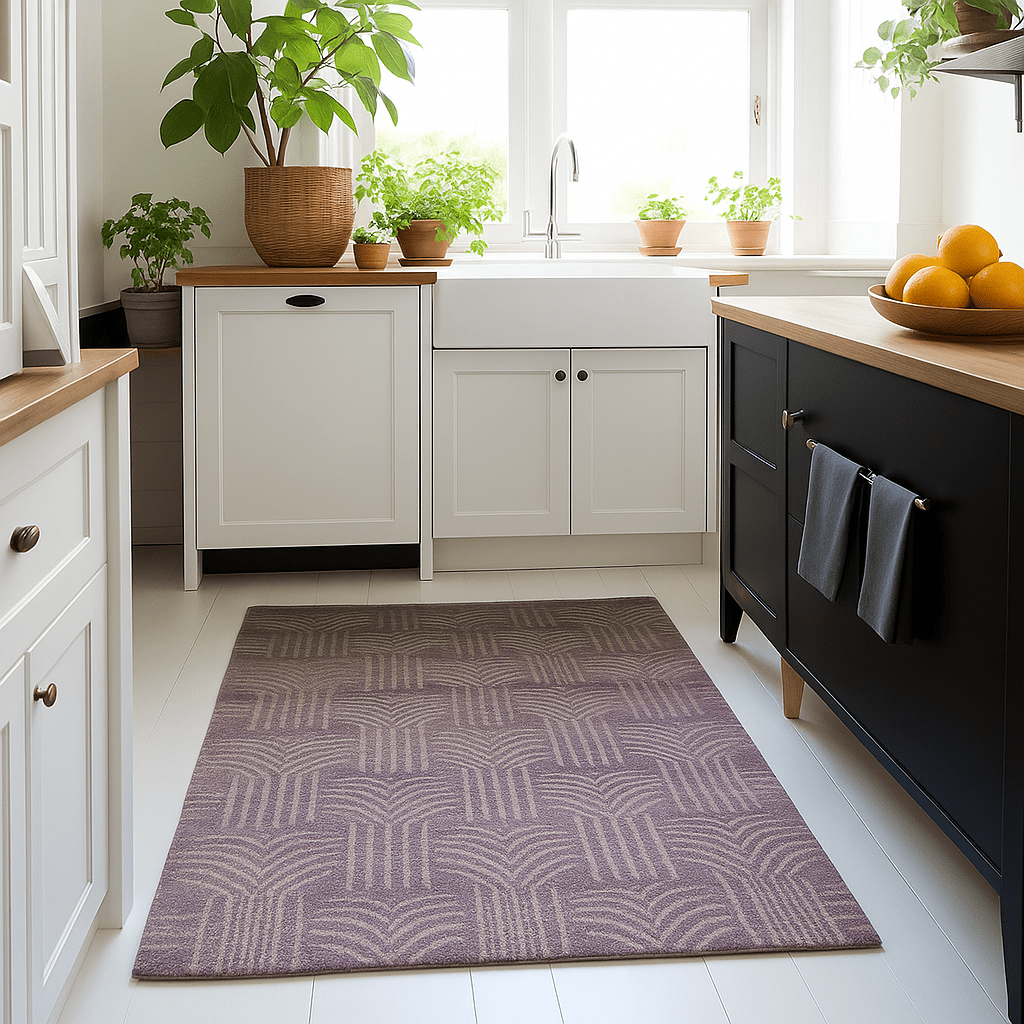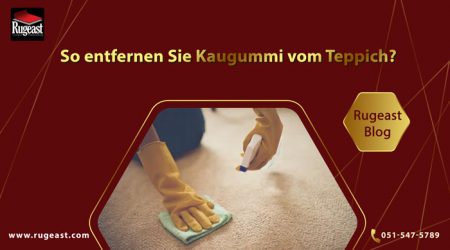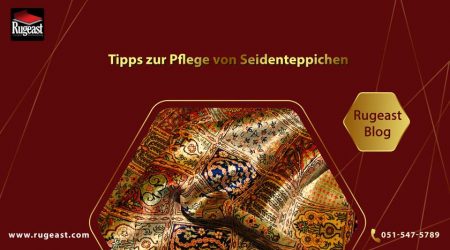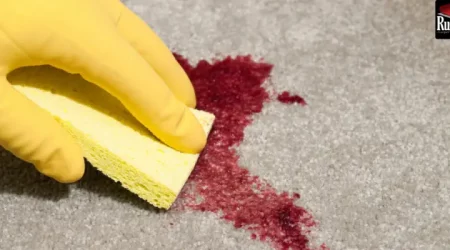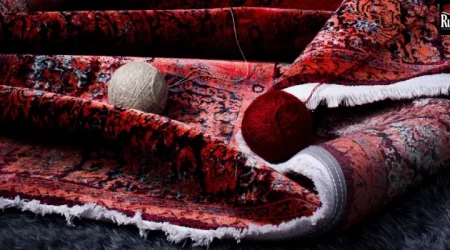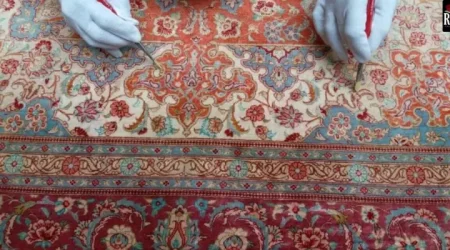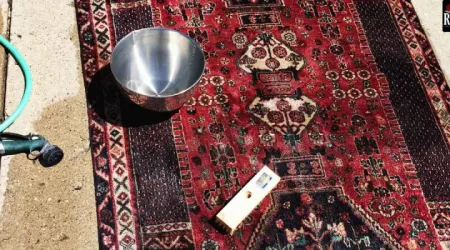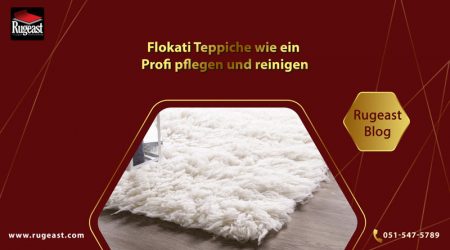whats are the difference between iranian kilim and other kilims
Iranian handwoven kilim is one of the most authentic treasures of Eastern culture. It has been passed down for centuries, carrying history, tradition, and beauty. These flat-woven rugs are not just household items. They embody stories of migration, tribal identity, and artistic innovation. Their significance reaches far beyond decoration, as they symbolize heritage and craftsmanship recognized worldwide.
whats are the difference between iranian kilim and other kilims
The roots of the Iranian handwoven kilim stretch deep into the nomadic life of Persian tribes. Kilims were originally woven for practical purposes such as floor coverings, saddlebags, and wall hangings. Over time, they became a medium of storytelling. Each motif represents a belief, wish, or piece of tribal memory. From the Qashqai to the Kurds, from the Baluch to the Lurs, every group added distinct touches. This diversity makes Iran the heartland of kilim weaving. Unlike machine-made textiles, each kilim is a signature of its weaver’s soul. The tradition still thrives, keeping an ancient art alive in the modern world.
Features of Iranian Handwoven Kilim
What makes the Iranian handwoven kilim stand apart is the harmony of natural colors, symbolic patterns, and durable texture. Most are woven with wool dyed using natural plants, roots, or minerals. This creates hues that stay vivid for decades. The motifs are highly symbolic: diamonds represent protection, ram’s horns symbolize strength, and stars signify spirituality. Iranian kilims are thinner than Afghan kilims but stronger in detail. Their designs range from geometric to floral, making them suitable for both traditional and modern interiors. Above all, they combine beauty with utility, turning any home into a gallery of culture.
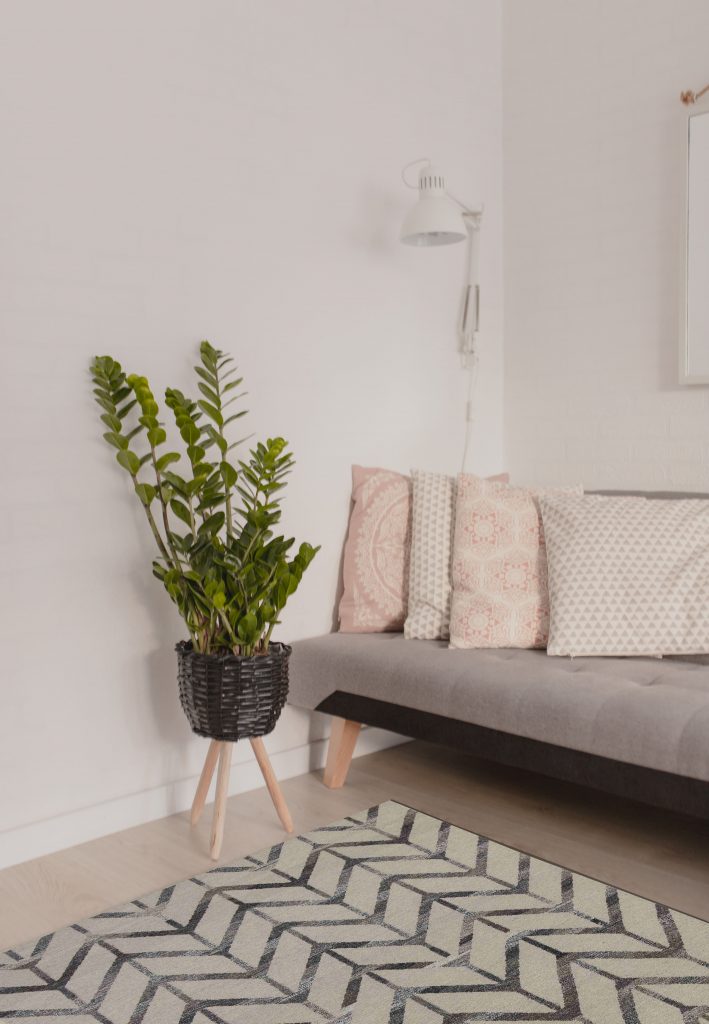
Afghan Kilims vs. Iranian Handwoven Kilim
Afghan kilims share geographical closeness but reveal different aesthetics. Afghan kilims, especially Baluchi and Turkoman types, are often darker in tone. They use deep reds, browns, and indigos. Patterns are usually simple and strictly geometric, reflecting tribal life’s rigid discipline. The weave is thicker, giving them a heavier feel. In contrast, the Iranian handwoven kilim offers greater variety in design and lighter textures. While Afghan kilims attract those who love earthy minimalism, the Iranian kilim appeals to collectors who value diversity and subtle artistry. This comparison shows why Iranian handwoven kilim maintains global dominance in kilim weaving.
Arabic Kilims vs. Iranian Handwoven Kilim
Arabic kilims, particularly Moroccan Beni Ourain rugs, Syrian kilims, and Iraqi weaves, reflect a more minimalist character. Moroccan pieces are popular in modern Boho-style interiors with cream backgrounds and simple black lines. Syrian and Iraqi kilims often use tribal motifs but lack the color complexity of Iranian textiles. They are functional yet stylistically restrained. Iranian handwoven kilim, on the other hand, displays a feast of colors. Its bold reds, indigos, and greens connect to centuries of Persian dyeing mastery. While Arabic kilims fit minimal spaces, Iranian kilims transform a room into a vibrant cultural statement.
European Kilims vs. Iranian Handwoven Kilim
Kilims are not exclusive to Asia. European kilims appear in the Balkans, Romania, and Bulgaria. These pieces, woven mostly in rural villages, have simple geometric motifs. They often feature bright colors such as orange, yellow, and green, but the palette is less natural. Synthetic dyes dominate. The weaving technique is less refined, prioritizing utility over symbolism. European kilims were historically made for household use, not artistic display. In contrast, the Iranian handwoven kilim carries cultural prestige and artistic identity. Its motifs tell stories, while European kilims usually remain decorative floor coverings with little symbolic depth.
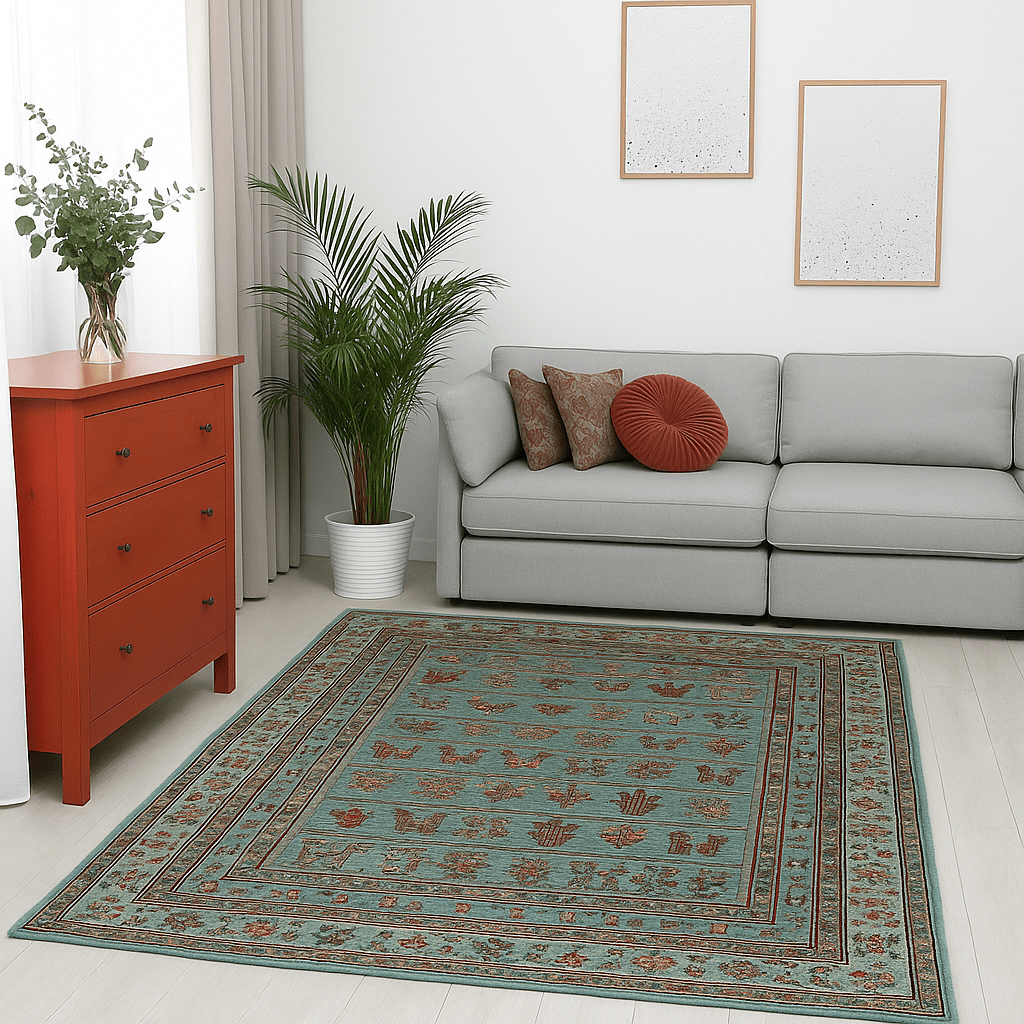
Buying Guide for Authentic Kilims
Buying a genuine Iranian handwoven kilim requires attention to detail. First, examine the patterns. Authentic kilims have intricate, symbolic motifs rather than repetitive designs. Second, check the yarn. Wool should feel natural and soft, not synthetic. Third, evaluate the dyes. Natural plant-based colors show depth and fade beautifully with time, while chemical dyes look flat. Finally, authenticity lies in the weave: no two handmade kilims are identical. For safe purchases, always choose reliable sellers. Specialized stores like rugesat.com ensure authenticity, variety, and fair pricing. A real Iranian handwoven kilim is not just a rug; it is an heirloom.
Conclusion
The Iranian handwoven kilim embodies history, culture, and artistry unmatched by Afghan, Arabic, or European kilims. Each piece reflects centuries of skill, symbolism, and aesthetic refinement. While other kilims have regional charm, none rival the diversity and prestige of Iranian craftsmanship. For collectors, homeowners, or art lovers, the Iranian handwoven kilim remains the crown jewel of global kilim weaving.
FAQ
1. What makes an Iranian handwoven kilim different from others?
It combines natural dyes, symbolic motifs, and high weaving quality, making it richer in culture and artistry than Afghan, Arabic, or European kilims.
2. How can I identify a genuine Iranian handwoven kilim?
Check for natural wool, plant-based dyes, detailed patterns, and slight irregularities that prove it is handmade.
3. Are Iranian kilims durable for daily use?
Yes. They are tightly woven, resistant to wear, and suitable for both decorative and practical purposes.
4. Why are natural dyes important in Iranian kilims?
They provide depth, long-lasting color, and eco-friendly production, unlike synthetic dyes that fade quickly.
5. Where is the best place to buy an authentic Iranian handwoven kilim?
Trustworthy stores like rugesat.com offer verified handmade kilims directly from skilled artisans.
6. Do Iranian handwoven kilims increase in value over time?
Yes. Authentic pieces often appreciate as cultural and artistic investments, especially when kept in good condition.

